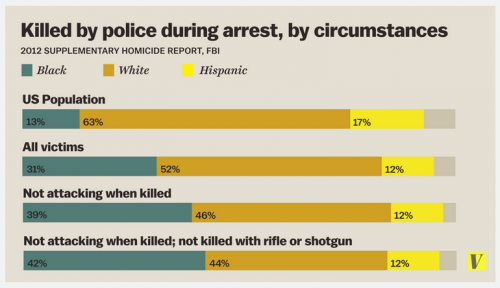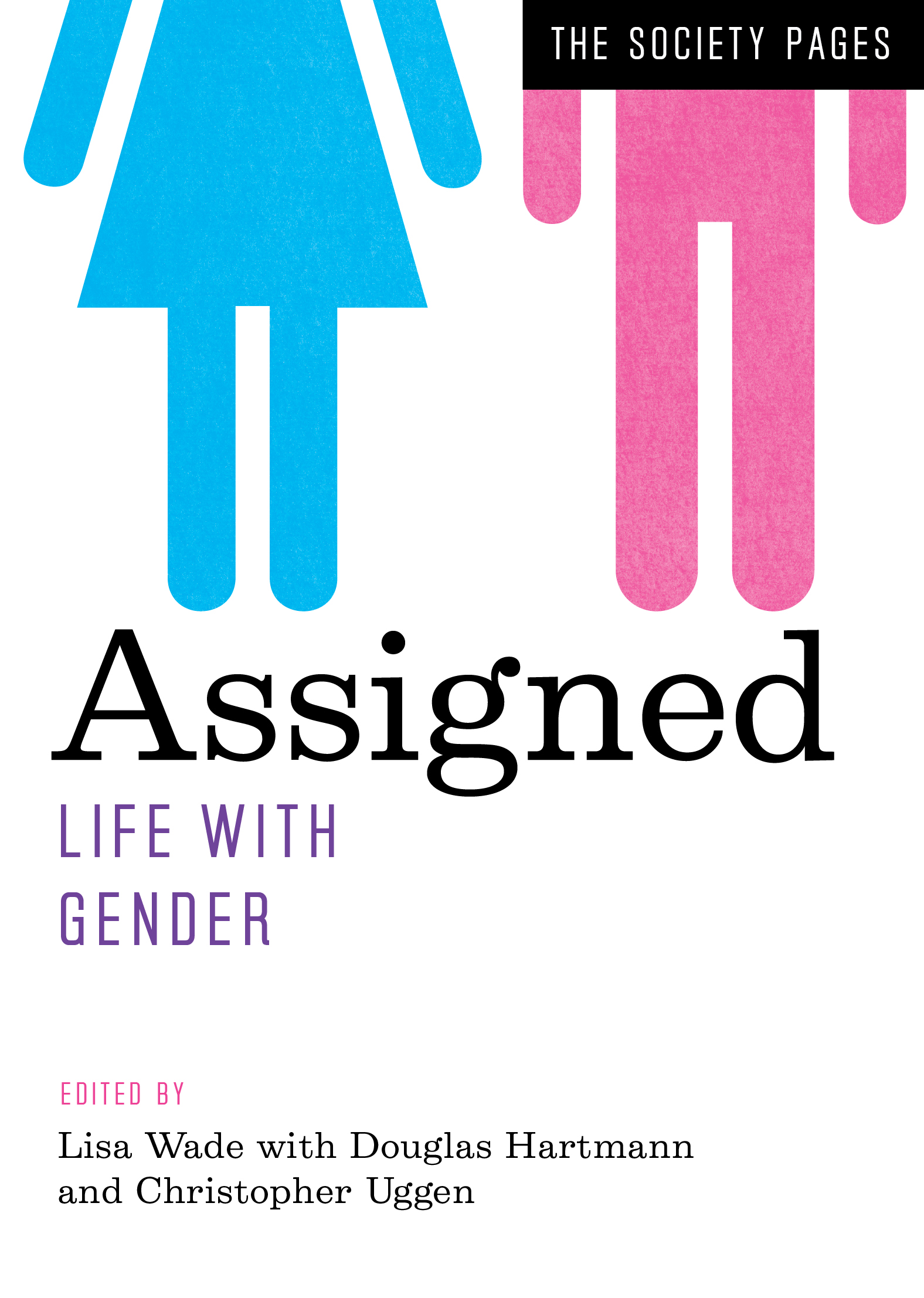Signaling white supremacy.
On the heels of the Republican national convention, the notorious KKK leader David Duke announced his campaign for the Louisiana Senate. On his social media pages, he released a campaign poster featuring a young white woman with blonde hair and blue eyes wearing a gray tank top decorated with American flag imagery. She is beautiful and young, exuding innocence. Atop the image the text reads “fight for Western civilization” and included David Duke’s website and logo. It does not appear that she consented to being on the poster.
When I came upon the image, I was immediately reminded of pro-Nazi propaganda that I had seen in a museum in Germany, especially those depicting “Hitler youth.” Many of those posters featured fresh white faces, looking healthy and clean, in stark contrast to the distorted, darkened, bloated, and snarling faces of the targets of the Nazi regime.
It’s different era, but the implied message of Duke’s poster is the same — the nationalist message alongside the idealized figure — so it wasn’t difficult to find a Nazi propaganda poster that drew the comparison. I tweeted it out like this:
David Duke is running for senate. The campaign poster on the left is his. #DavidDuke #AmericaFirst #shudder pic.twitter.com/XjGPViDut0
— Lisa Wade, PhD (@lisawade) July 23, 2016
Given that David Duke is an avowed racist running on a platform to save “Western” civilization, it didn’t seem like that much of a stretch.
Provoking racist backlash.
I hashtagged it with #davidduke and #americafirst, so I can’t say I didn’t invite it, but the backlash was greater than any I have ever received. The day after the tweet, I easily got one tweet per minute, on average.
What I found fascinating was the range of responses. I was told I looked just like her — beautiful, blue-eyed, and white — was asked if I hated myself, accused of being a race traitor, and invited to join the movement against “white genocide.” I was also told that I was just jealous: comparatively hideous thanks to my age and weight. Trolls took shots at sociology, intellectuals, and my own intelligence. I was asked if I was Jewish, accused of being so, and told to put my head in an oven. I was sent false statistics about black crime. I was also, oddly, accused of being a Nazi myself. Others, like Kate Harding, Philip Cohen, and even Leslie Jones, were roped in.
Here is a sampling (super trigger warning for all kinds of hatefulness):
It’s not news that twitter is full of trolls. It’s not news that there are proud white supremacists and neo-nazis in America. It’s not news that women online get told they’re ugly or fat on the reg. It’s not news that I’m a (proud) cat lady either, for what it’s worth. But I think transparency is our best bet to get people to acknowledge the ongoing racism, antisemitism, sexism, and anti-intellectualism in our society. So, there you have it.
Lisa Wade, PhD is an Associate Professor at Tulane University. She is the author of American Hookup, a book about college sexual culture; a textbook about gender; and a forthcoming introductory text: Terrible Magnificent Sociology. You can follow her on Twitter and Instagram.












